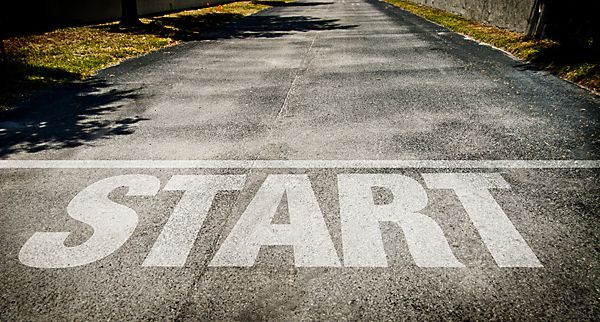During your training sessions you will use a variety of different practices, in order to reach your objective (that should be the plan anyway!). While considering what you want to use, in order to execute a given intention, it’s important for you to analyse the variables;
What size area do I need?
What part of the field does this practice take place in?
How many players take part?
What are the rules and are there any conditions?
How long are you going to plan for ball rolling time?
While taking the objectivity of football as a starting point and then considering external factors, you will undergo the planning phase of your ‘experiment’.
Along with designing ‘what’ you want to achieve, you also have to consider ‘how’ you’ll do it.
While this is completely open to the coach in question, there should be some consideration given and a possible framework that you work to, when deciding a certain format or workload (periodisation).
There could be occasions when you are concerned that something could be too easy or alternatively too hard? How would you know this and find it out as a coach?
Obviously, trial and error contributes to this and you’ll only know of something, if you plan, execute and evaluate accordingly.
On this occasion let’s say that your players are showing signs that a practice is too easy. The body language of the players isn’t showing signs of distress, success is frequent and visible, with the intensity of the practice dropping, as the players are finding it too easy.
When you evaluate, all of these notes have to be recorded to ensure that in future training sessions, the players are challenged.
The following week arrives and you change the format of the session, to manipulate what both teams can/can’t do. On this occasion the players show many signs of distress because they are challenged, more than last week. The question now is, where is the point in which players can gradually feel uncomfortable, while being challenged? You don’t want to move from one extreme to the other, so ensuring that learning is a gradual process, there has to be logical steps that you can take as a coach.
This is where, the zero point measurement comes into practice. This is an extremely useful tool and one that you can use, to ensure that learning can take place.
An example here is;
Step 1 – If you used a kicking practice that was 6 v 0 and was extremely easy and the players showed signs of accelerated learning, then you would have to make this more challenging.
Step 2 – You wouldn’t then add a player to make 7 v 0, but instead add some contextual interference to make it 6 v 1. This is now a passing exercise as there is communication, decision making and execution of decisions taking place. Once the players have experienced this, you could then assess whether it is again too easy or too hard. On this occasion, it is too easy…
Step 3 – We then move to 5 v 2 and notice that again, the players are getting success, so we quickly decide to move to a 4 v 3. Here we now encounter some challenges…
Once the signs of challenge are seen and the previous step was easy, this now is called your zero point measurement, in the context of team formats. 5 v 2 was easier, but 4 v 3 is too challenging. In future training sessions, you can now save time, as you know where your group needs to be challenged from a starting point.
As well as team formats, the zero point measurement can also apply for the timings that the players participate in and also the size of the area, that could be used.
Planning ahead for the new season will always bring new challenges, so why not start using this method to record where your players need to be challenged? It will save you time and also allow for learning to take place, in a gradual format.


